Focus on Training and Education
The emphasis on training and education within the Airway Management Market is becoming increasingly pronounced. As healthcare professionals recognize the critical nature of effective airway management, there is a growing demand for comprehensive training programs. Institutions are investing in simulation-based training and continuing education courses to ensure that practitioners are well-equipped to handle complex airway scenarios. This trend is reflected in the increasing number of certifications and workshops available, which aim to enhance the skills of medical personnel. Moreover, the market for airway management training devices is expected to witness substantial growth, with projections indicating a rise in demand for simulation tools that replicate real-life airway challenges. This focus on education not only improves clinical outcomes but also fosters a culture of safety and preparedness in healthcare settings.
Regulatory Support and Guidelines
The Airway Management Market is also shaped by the evolving regulatory landscape and the establishment of guidelines aimed at improving patient safety. Regulatory bodies are increasingly recognizing the importance of standardized airway management protocols, which can enhance the quality of care provided in various healthcare settings. This regulatory support is likely to encourage the adoption of advanced airway management technologies, as healthcare facilities strive to comply with best practices and guidelines. Additionally, the development of new regulations surrounding the use of airway management devices is expected to foster innovation within the industry. As manufacturers respond to these regulatory changes, the market may witness the introduction of safer and more effective products, ultimately benefiting patient outcomes and healthcare efficiency.
Rising Demand for Emergency Services
The Airway Management Market is significantly influenced by the rising demand for emergency services across various healthcare settings. As populations grow and urbanization increases, the need for efficient emergency response systems becomes paramount. This trend is particularly evident in regions with high incidences of trauma and respiratory emergencies, where timely airway management can be life-saving. Data suggests that emergency medical services (EMS) are expanding their capabilities, leading to an increased utilization of advanced airway management devices. The market for these devices is projected to expand as EMS providers seek to enhance their operational efficiency and improve patient care. Additionally, the integration of airway management protocols into emergency response training is likely to further drive the demand for specialized equipment and training resources.
Aging Population and Chronic Diseases
The demographic shift towards an aging population is a critical driver of the Airway Management Market. As individuals age, they often experience a higher prevalence of chronic diseases, such as chronic obstructive pulmonary disease (COPD) and other respiratory conditions, which necessitate effective airway management strategies. The World Health Organization indicates that the global burden of chronic diseases is on the rise, leading to increased hospitalizations and the need for advanced airway management solutions. This trend is expected to propel the market for airway management devices, as healthcare providers seek to address the unique challenges posed by this demographic. Furthermore, the aging population is likely to increase the demand for home healthcare services, where portable airway management devices may play a crucial role in patient care.
Technological Advancements in Airway Management
The Airway Management Market is experiencing a surge in technological advancements that enhance the efficacy and safety of airway management procedures. Innovations such as video laryngoscopes and supraglottic airway devices are becoming increasingly prevalent, allowing for improved visualization and access during intubation. According to recent data, the market for advanced airway management devices is projected to grow at a compound annual growth rate of approximately 8% over the next five years. This growth is driven by the increasing adoption of these technologies in both emergency and elective procedures, as healthcare providers seek to minimize complications and improve patient outcomes. Furthermore, the integration of artificial intelligence in airway management systems is anticipated to revolutionize the industry, providing real-time analytics and decision support to clinicians.
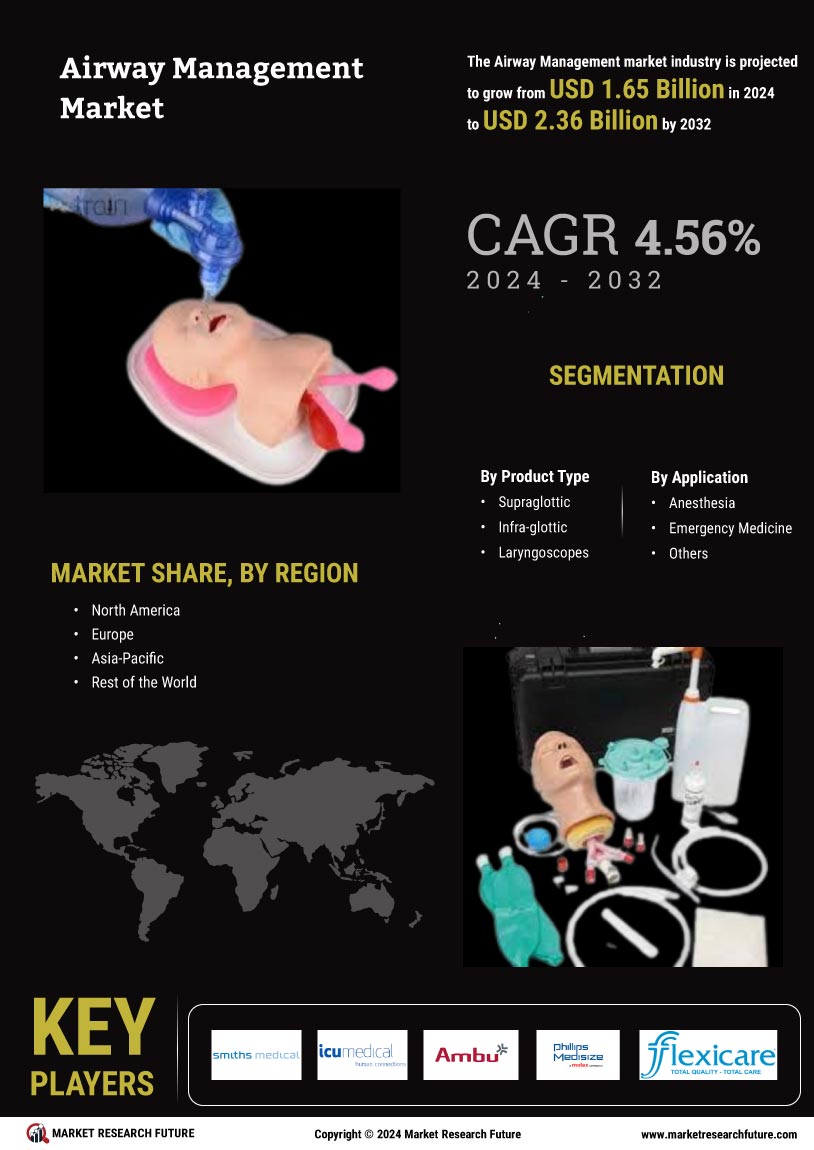

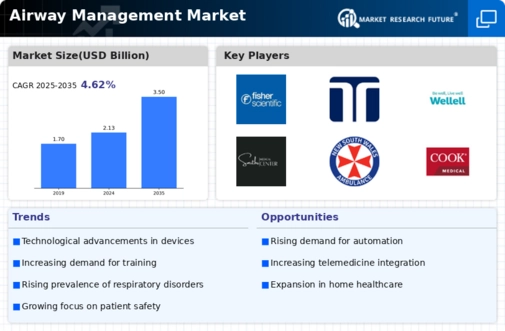
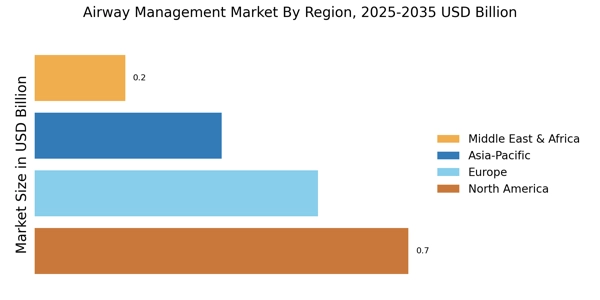
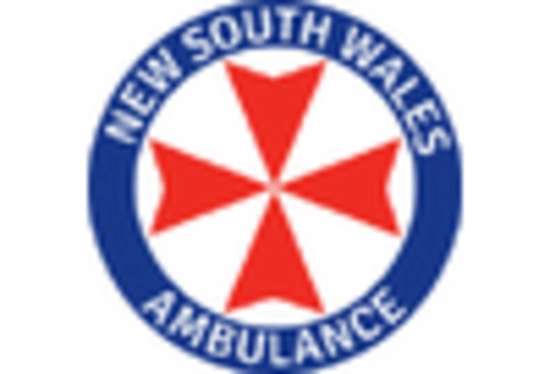

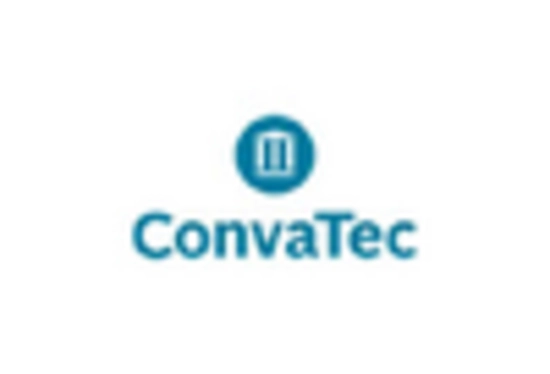

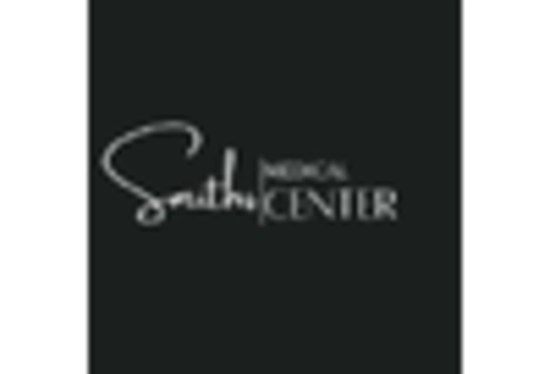
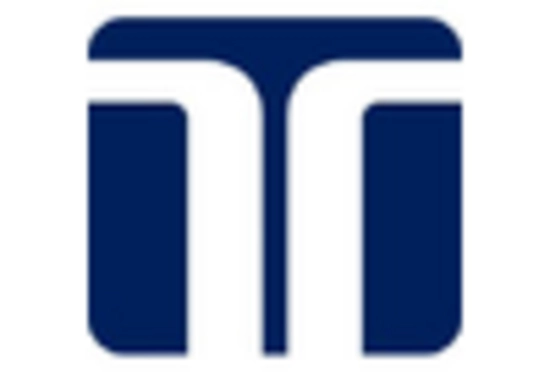








Leave a Comment